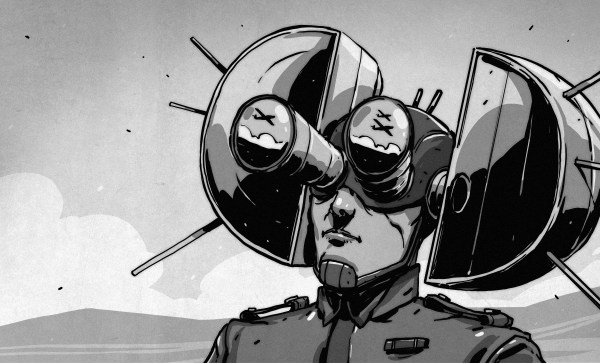Synth designers [Erica Synths] have devised a very cool, approachable way to get started with DIY synth hacking. Designed around a breadboard, the EDU DIY LABOR is a synth module with everything you need to get started. The Basic version comes with potentiometers, switches, and jack sockets, and is aimed more at those who likely already have a decent supply of parts on hand for experimentation. The Full kit comes with all that, plus a supply of resistors, capacitors, ICs and transistors so you can get up to speed, even as a beginner.
The device is supplied as a semi-DIY kit, with some soldering and assembly required. The kit was designed in collaboration with Dr. Shalom D. Ruben, a teaching professor of engineering at the University of Colorado. So it should be approachable for those with some soldering experience under their belt. Labor includes a multi-voltage power supply which supplies all Eurorack voltages, an oscillator section for both audible ranges and LFO, a full envelope control section, an output amplifier and more! Once assembled you can quickly start making bloops, beeps, and bzzts. You can easily design filters, oscillators, amplifiers, sequencers, and whatever else you can dream up!
However, the kit is designed to be more than just a synth playground – the idea was also to create an environment where you could learn the basics of electronics at the same time, in an approachable, fun way. This is reflected in the excellent user manual, which goes beyond just assembling the device and gives some example circuits, complete with wave diagrams and detailed working explanations. Great for beginners and experienced hackers who want to learn more about fundamentals and audio synthesis!













